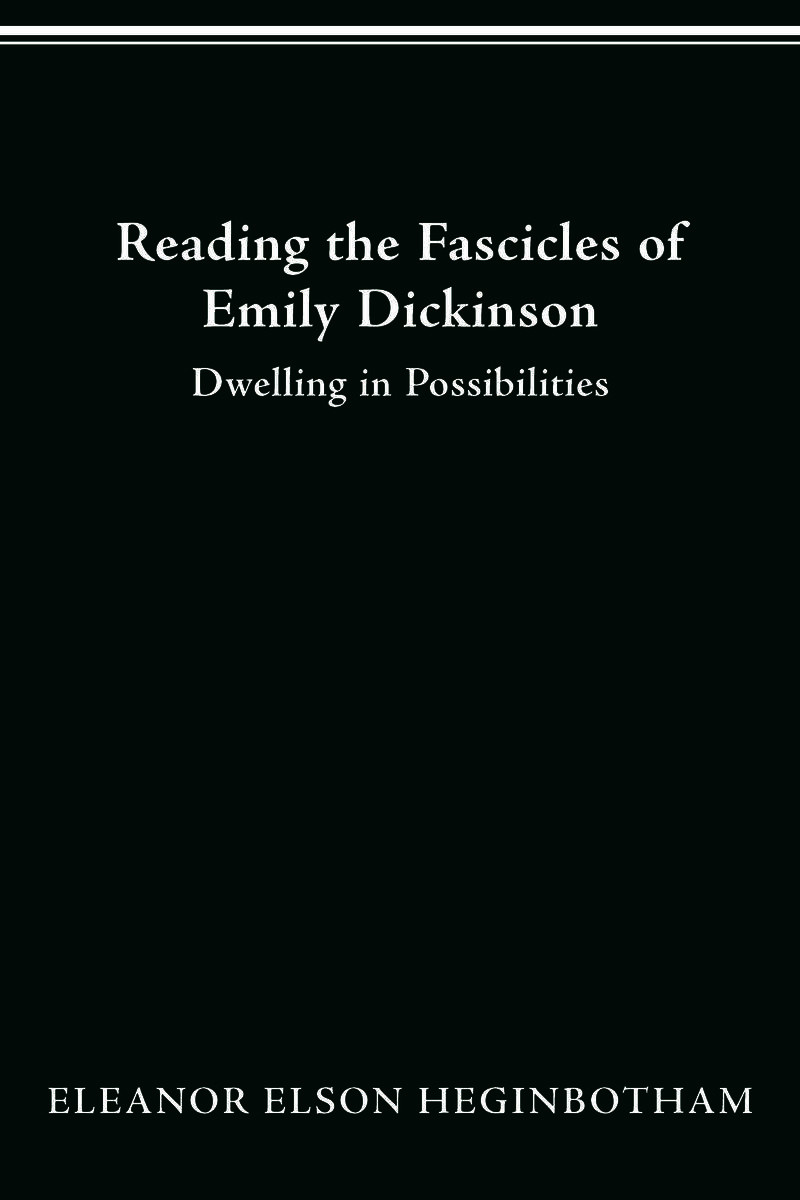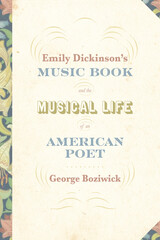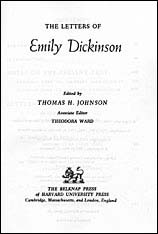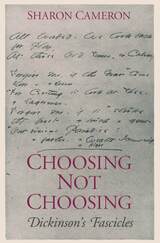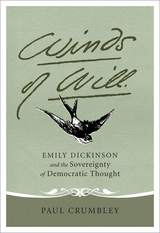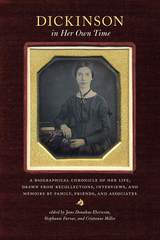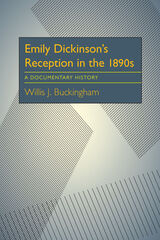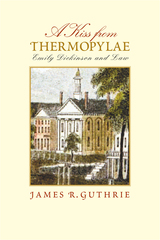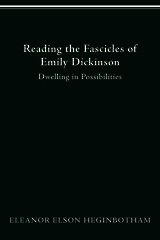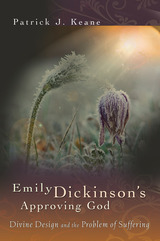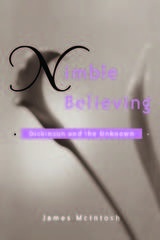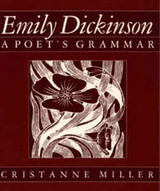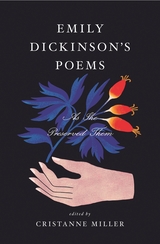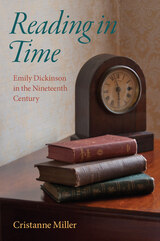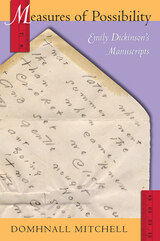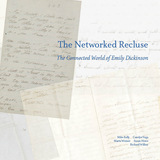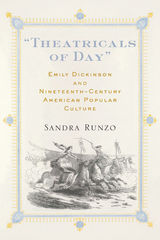Reading the Fascicles of Emily Dickinson: Dwelling in Possibilities
The Ohio State University Press, 2020
Cloth: 978-0-8142-0922-6 | Paper: 978-0-8142-5569-8 | eISBN: 978-0-8142-7362-3
Library of Congress Classification PS1541.Z5H44 2003
Dewey Decimal Classification 811.4
Cloth: 978-0-8142-0922-6 | Paper: 978-0-8142-5569-8 | eISBN: 978-0-8142-7362-3
Library of Congress Classification PS1541.Z5H44 2003
Dewey Decimal Classification 811.4
ABOUT THIS BOOK | AUTHOR BIOGRAPHY | REVIEWS | TOC
ABOUT THIS BOOK
Heginbotham’s book focuses on Emily Dickinson’s work as a deliberate writer and editor. The fascicles were forty small portfolios of her poems written between 1856 and 1864, composed on four to seven stationery sheets, folded, stacked, and sewn together with twine. What revelations might come from reading her poems in her own context? Are they simply “scrapbooks,” as some claim, or are they evidence of conscious, canny editing? Read in their original places, each lyric becomes different—and more interesting—than when read in isolation.
We cannot know why Dickinson compiled the books or what she thought of them, but we can observe what she left in them. What she left is visible only by noting the way the poem answers in a dialogue across the pages, the way lines spilling onto a second page introduce the next poem, the way openings suggest image clusters so that each book has its own network of concerns and language—not a story or philosophical preachment but an aesthetic wholeness.
This book is the first to demonstrate that Dickinson’s poetic and philosophical creativity is most startling when the reader observes the individual lyric in the poet’s own, and only, context for them. For teacher, student, scholar, and poetry lover, Heginbotham creates an important new framework for understanding one of the most complex, clever, and profound U.S. poets.
We cannot know why Dickinson compiled the books or what she thought of them, but we can observe what she left in them. What she left is visible only by noting the way the poem answers in a dialogue across the pages, the way lines spilling onto a second page introduce the next poem, the way openings suggest image clusters so that each book has its own network of concerns and language—not a story or philosophical preachment but an aesthetic wholeness.
This book is the first to demonstrate that Dickinson’s poetic and philosophical creativity is most startling when the reader observes the individual lyric in the poet’s own, and only, context for them. For teacher, student, scholar, and poetry lover, Heginbotham creates an important new framework for understanding one of the most complex, clever, and profound U.S. poets.
See other books on: Criticism, Textual | Dickinson, Emily | Manuscripts | Reading | Technique
See other titles from The Ohio State University Press
